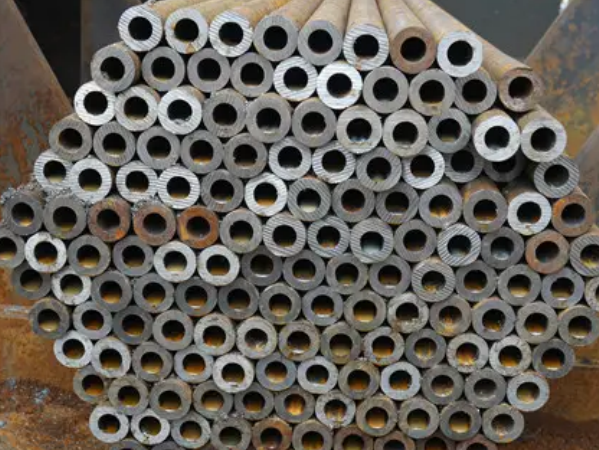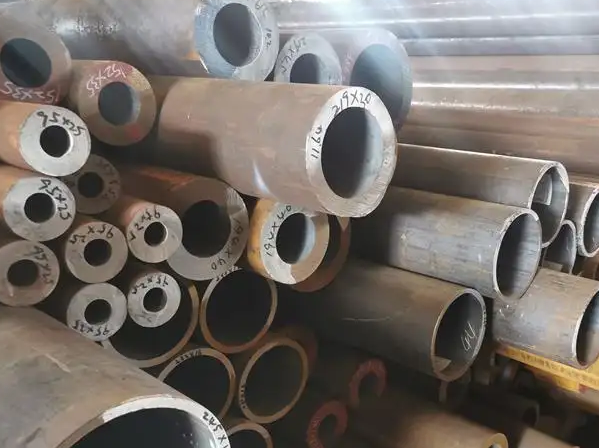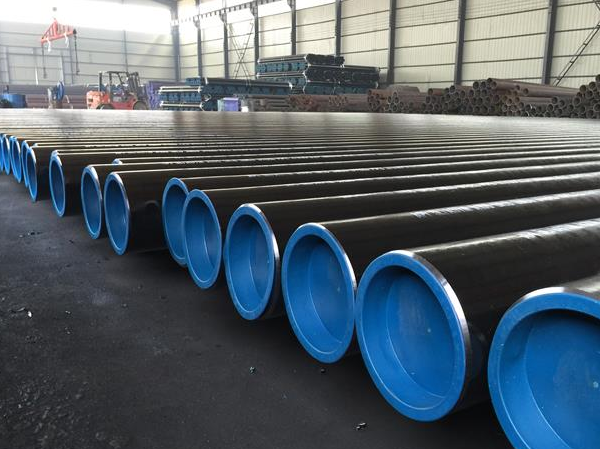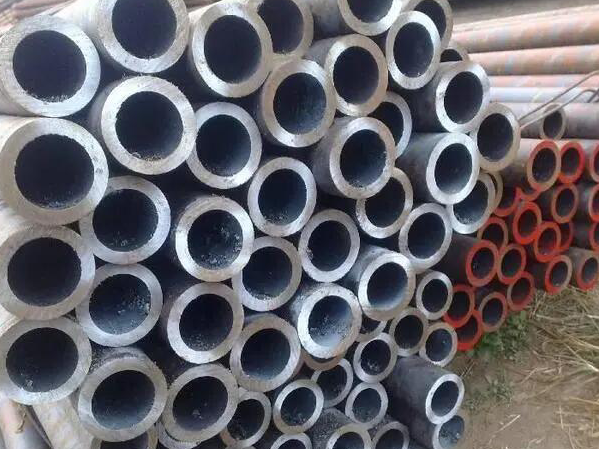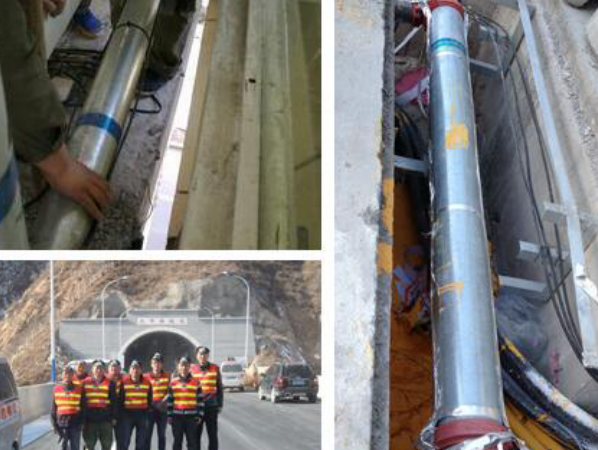-
the uneven wall thickness of the seamless pipe (smls) is mainly manifested in the phenomenon of uneven wall thickness of the spiral shape, uneven wall thickness of the straight line, and thicker and thinner walls at the head and tail. the influence of continuous rolling process adjustment of seamles
-
after the quenching and tempering treatment of seamless pipes, the parts produced have good comprehensive mechanical properties and are widely used in various important structural parts, especially those connecting rods, bolts, gears and shafts that work under alternating loads. but the surface
-
in order to verify the technical performance of carbon steel seamless pipes (cs pipe), taking into account the requirements of the standard, it is necessary to conduct technical performance inspections on samples of cs seamless steel pipes.process performance inspection mainly includes tensile stren
-
eddy current flaw detection is a flaw detection method that uses the principle of electromagnetic induction to detect surface defects of components and metal materials. the detection method is the detection coil and its classification and the structure of the detection coil.the advantages of eddy cu
-
the seamless tube is formed in one piece, directly pierced from round steel, without welds on the surface, and has a wide range of applications. because of the special processing of seamless steel tubes, carbon structural steel, low alloy structural steel, etc. are generally used for production, and

